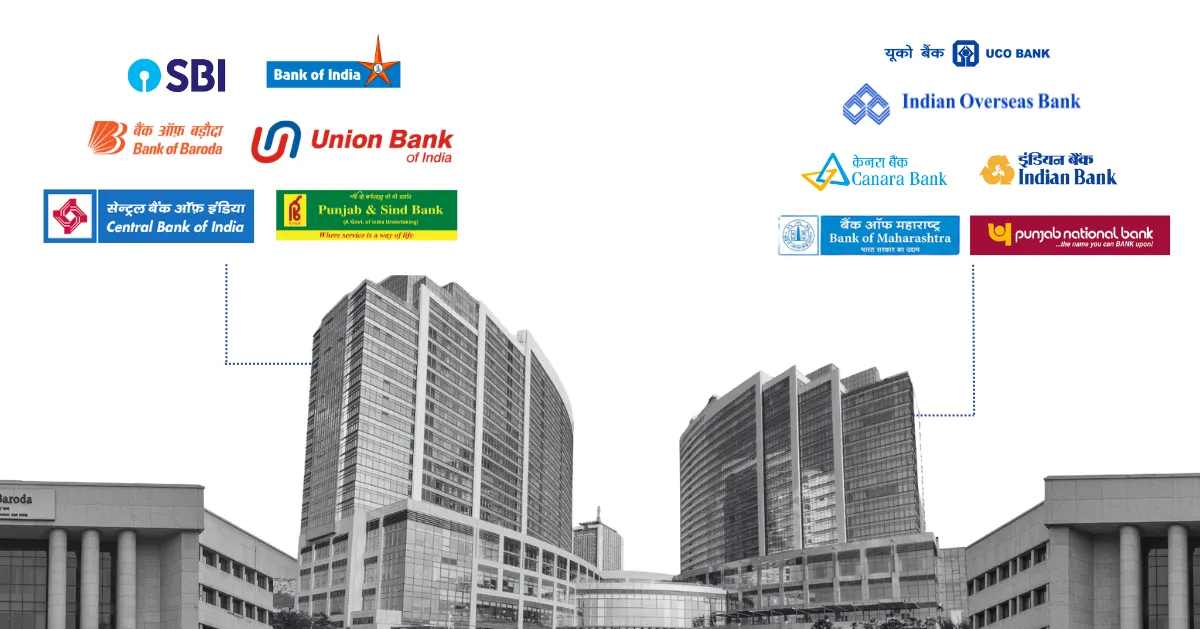
Introduction
HR or Human Resources is one of the primary departments of a company which is responsible for finding, screening, recruiting, and training job applicants and managing their benefits. However, in today’s fast paced – data driven economy, the functions of HR departments have become difficult and face numerous challenges. Therefore the need to digitalise the HR functions was felt and HR-MIS (Management Information System) was introduced subsequently.
HR-MIS is nothing but the mixing of IT (Information Technology) with HR functions. Through this digital approach, HR functions become smooth and it also enables easy collection, storage, management and analysis of HR related data. In this article, we will understand everything in detail about HR-MIS.
Understanding HR-MIS
HR-MIS or Human Resource Management Information System is a software solution, which integrates various HR functions such as screening, recruiting, training payroll management and many more into a single platform. Through HR-MIS, HRs can easily collect, manage and analyse HR related data. Some very popular HR-MIS software service providers are as follows:
- ZOHO
- BamboHR
- TCS
- IBM
- Wipro
- Infosys
- HCL
- Accenture
- Capgemini
Key Features of MIS
Some of the important features of MIS are as follows:
- Database: HR-MIS enables a centralised database that stores comprehensive data about the employees. Therefore there are no requirements for maintaining physical registers.
- Recruitment: It also enables an easy and smooth recruitment and onboarding process. It automates various recruitment processes such as CV shortlisting and interview scheduling.
- Performance Review: The comprehensive database also enables easy review of employee performances, goal setting, feedback mechanism and appraisal system.
- Training: HR-MIS also offers various tools for creating and managing training programs. It also offers monitoring and assessment tools along with online learning, self-paced learning and knowledge repository functions.
- Payroll Management: Through HR-MIS you can automate payroll management. It enables features like salary calculations, tax deductions and other benefits. HR-MIS can easily ensure timely payment and labour law compliance as well.
Benefits of MIS
MIS offers various benefits, which are as follows:
- Enhances the efficiency and productivity of the HR department
- Offers easy collection, storage, management and analysis of HR related data
- Enables smooth recruitment and onboarding of employees
- Streamlines the process of recording and reporting
- Helps in labour law compliance
- Serves as a strategic planning tool to engage employees
- Manages payroll and other benefits
- Provides various features such as goal setting and performance monitoring
Implementation of MIS
Indeed MIS offers several benefits and can be very helpful for the HR department of any company. However, before implementation of MIS, certain things should be considered, which are as follows:
- Assessing the Need: Before the implementation of MIS, consultation with HRs should be done to understand what are their pain points which are required to be addressed. Based on the consultation you should define the objective for implementing MIS. This way the implementation will be most effective and will address all the HR problems.
- Finalise a Service Providers: Nowadays various players have emerged in this field who offer various MIS packages and services that too at varied rates. Therefore it becomes difficult to choose one among them all. You should choose a service provider which satisfies your requirements by considering various factors such as budget, reviews, reputation, service package etc. The list of the most popular and trusted service providers has been shared above.
- Customization: If any customisation is required because of your special business features, needs or other reasons then such customisations can be done to ensure efficiency and productivity after the implementation.
- Testing: Before impending the MIS on full scale level a pilot test can be done to check the feasibility. If any problems arise they can be fixed and finally, the full scale implementation may be done.
- Transition: If any previous data is available in physical form then it will be converted to digital form and after that, all the data will be migrated to MIS and will be stored safely in cloud servers or physical storage.
- Training: After the implementation of MIS, every employee should be made aware of it and a training program should be run to make them familiar with it and accept the usage of MIS.
- Feedback and Support: After the implementation feedback from the users may be taken to further improve the system. MIS service providers must also provide technical support for troubleshooting and solving any problems that may arise in future.
Disadvantages of MIS
Now that we have learnt everything about the usability and benefits of MIS, let’s understand the disadvantages of MIS. Just like every other thing, MIS is also not full proof it also carries certain disadvantages which are as follows:
- Expensive: MIS systems and software are very expensive and can not be implemented by small businesses despite having various advantages.
- Acceptance: MIS implementation might not be successful if employees don’t accept the change or hesitate to use the MIS. Proper training is required to make employees aware and comfortable with the usage of MIS.
- Technical Problems: As MIS is a digital or IT product it is also prone to technical difficulties. Some of them might be resolved easily while some may not. Therefore the reliability of MIS is highly questioned.
- Cyber Security: As it is a digital system, it is also prone to cyber attacks, hacking, phishing and other internet phenomena.
Transition: The transition form physical information storing to MIS system might not be as smooth as you may think. Conversion of data might be a big problem and there is always the risk of losing important data during the transition.




